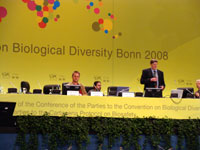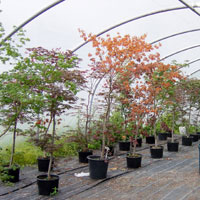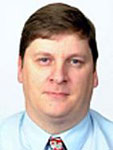A sound way to stop alien invasions
Posted on 4 May 2008

This project is being led by Dr Dave Chesmore, a senior lecturer in the Department of Electronics, who is using computational bioacoustics to monitor invasive insect species.
His project is part of a wider, international, network which is using the same technology for a range of purposes including monitoring rare and endangered species, conducting rapid biodiversity assessments, and detecting the impact of climate change on species. He gave a presentation on his work at the UN Conference on Biological Diversity 2008 in Bonn, making him probably the only electronic engineer to speak at such a major biological event.

Computational bioacoustics works by sensing sounds which are captured using microphones (including ultrasound for bat identification), hydrophones for underwater use, and vibration analysis to identify insects. The results are analysed by computer. The aim is to get a unique ‘fingerprint’ for each sound to allow for identification of a species.

The range of animals that can be analysed using this system is wide, including bats, insects, cetaceans (such as whales, dolphins), amphibians, mammals, birds and aquatic mammals.
It has many advantages over manual identification, such as bird surveys — long-term monitoring can take place which allows for continuous observation; it can be used in areas that are difficult to access, and it reduces subjectivity which can be introduced by an observer. The costs are also low compared with employing human observers.
One of the aims of Dr Chesmore’s project is to develop instrumentation for Plant Health and Seeds Inspectors to use on imported goods. This hand-held device will use vibration sensors to detect the larvae of invasive insects which may enter the country undetected in imported products.
About the researcher

Dr David Chesmore is a Senior Lecture in the Department of Electronics
Contact
Email: edc1@ohm.york.ac.uk
Further information
- Studying in the Department of Electronics
